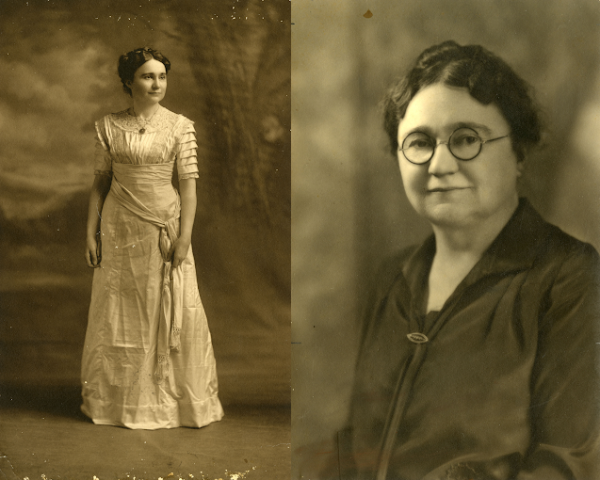Bringing new journalism skills from AUS to GSO
With eyes still crusted with sleep and cups still full of coffee, my fellow Guilfordian staff members and I sat behind Founders Hall discussing the days to come. After half an hour of quiet discussion and planning in the cold morning air, we slid into three cars and made our way to the airport.
The Associated Collegiate Press and College Media Association Fall National College Media Convention, held in Austin, Texas, waited for us halfway across the country.
“For me, the trip was stressful before it started,” said senior and Editor-in-Chief Allison DeBusk. “But, (when we got there) it was extremely fun and educational and it was a great professional experience for all of us.”
Friday hosted a wide variety of panels, but one keynote in particular resonated with all of us.
Anthony Graves, a man from Texas, was imprisoned at age 26 for six murders he did not commit. He was later sentenced to death and spent years in solitary confinement waiting for his execution date.
“What the Anthony Graves’s speech was really about, I think, was the idea of not just writing a story to get it written, but instead writing it because you’re passionate about it,” said sophomore and Diversity & Social Justice Coordinator Beatriz Caldas. “(His speech) was about giving people a voice and giving society facts.”
Graves’ freedom came in the form of journalist Pam Colloff, whose coverage of Graves provided invaluable evidence in the state’s eventual decision to free him.
“Her writing helped save my life,” Graves said to the crowded room. “Journalism helped save my life.”
Hearing the story of a man wrongly incarcerated, tried and sentenced to death is moving. Hearing him retell his finally going home was inspiring. But hearing that your job helped bring him home hits even harder.
“I think it was valuable to hear from Anthony Graves, to hear from a man who, because of his wrongful incarceration, understands the true value of journalism,” said DeBusk. “What those reporters did is what we want to do.”
As a paper, we always push for social justice. Hearing a story like Graves’ only demonstrates why we find it so important. As we look forward, we hope our writers, photographers and the Guilford community can be inspired by Graves’ piece to continue to push for justice.
As we reflected on the lessons we learned from Graves, our brand of journalism came under scrutiny the next day as the Editorial Board attended a critique session.
Huddled around a small table, we listened intently as the College Media Association President Rachele Kanigel read over and critiqued our paper. She brought to our attention a series of possibilities for the paper.
“The biggest thing we want to change now is implementing a grid shape on our pages,” said senior and Layout Editor Michaela Beggins. “It would be an underlying system of six or so columns on each page … It basically makes every shape a consistent width across the paper.”
Along with ways to improve, our session also revealed some strengths of the paper.
“I thought a lot about the photographers, especially when we were with the president of the CMA and she was flipping through the paper and seeing the hard work of our team,” said senior and Photography Editor Gabe Pollak. “I’m looking forward to telling (the photographers) that your work matters. This president of a giant organization is looking at your stuff.”
We started Sunday the same way we began Thursday. Sleep deprived and a little grumpy, we met in the lobby of our hotel at 5 a.m. As the shuttles carried us out of Austin, we thought about the lessons we learned and the chances we had to grow.






Rachele Kanigel • Nov 7, 2015 at 12:20 pm
Great to meet you all at the ACP-CMA National College Media Convention in Austin. Thanks for coming! Hope you went back to North Carolina with some great ideas.